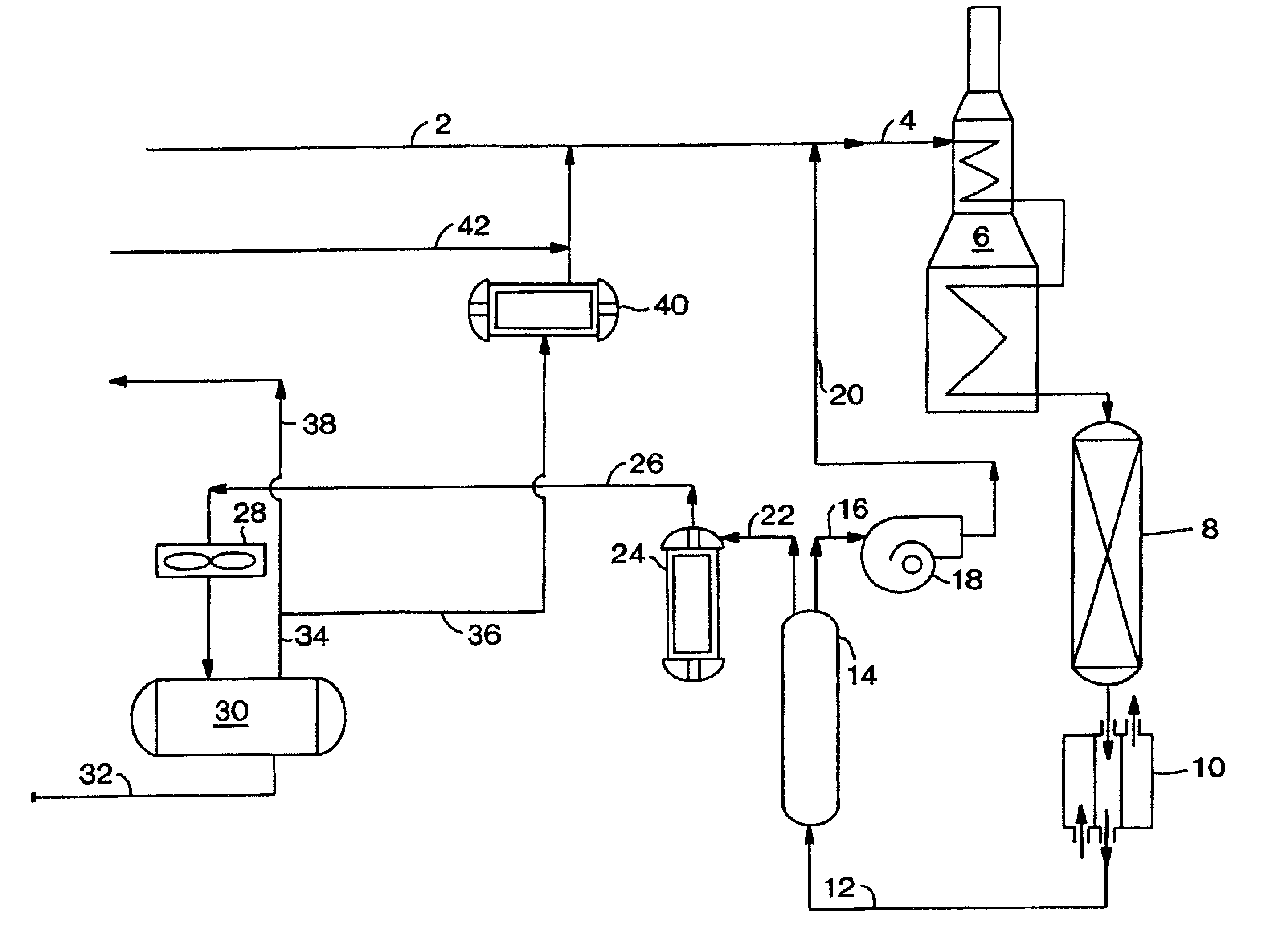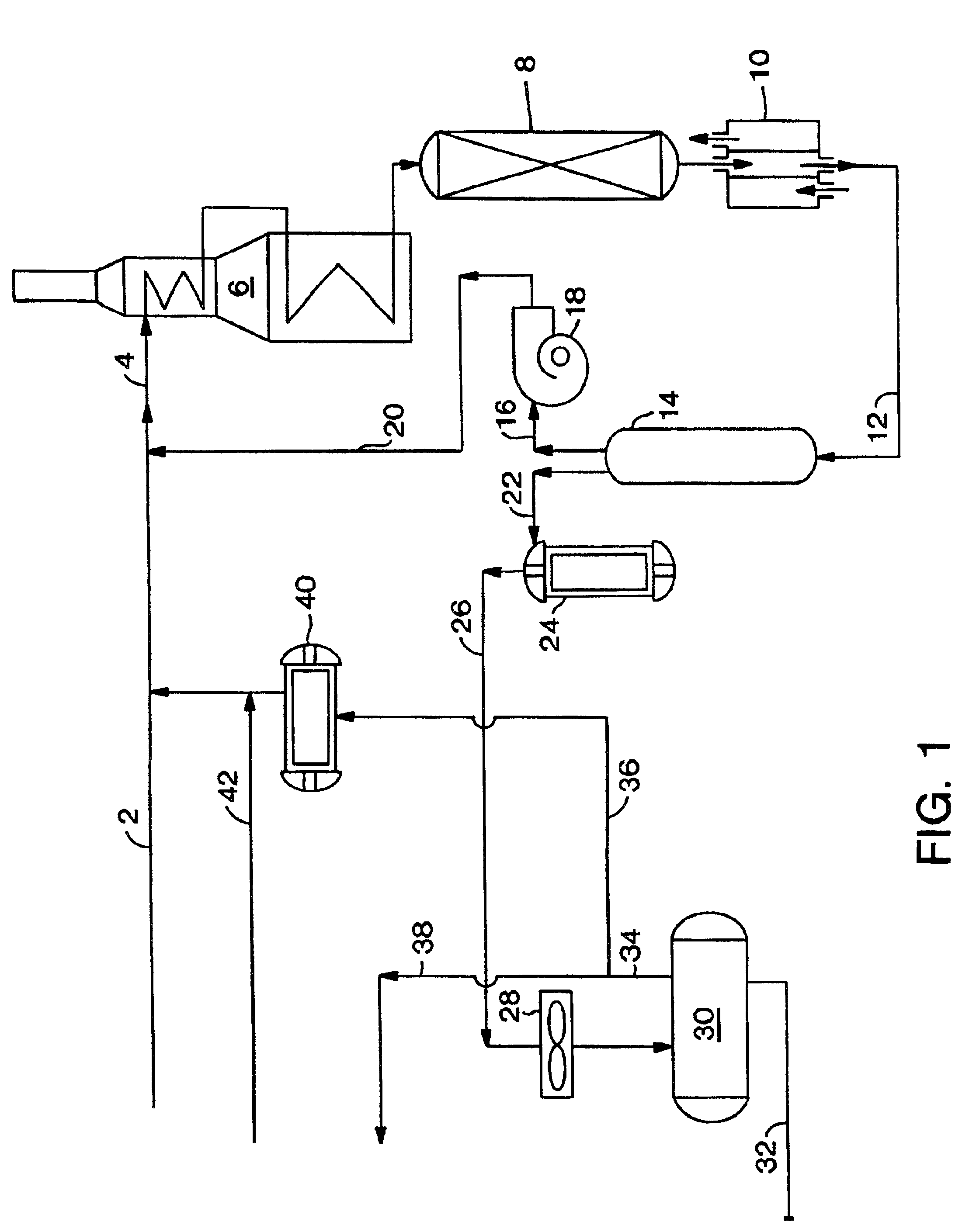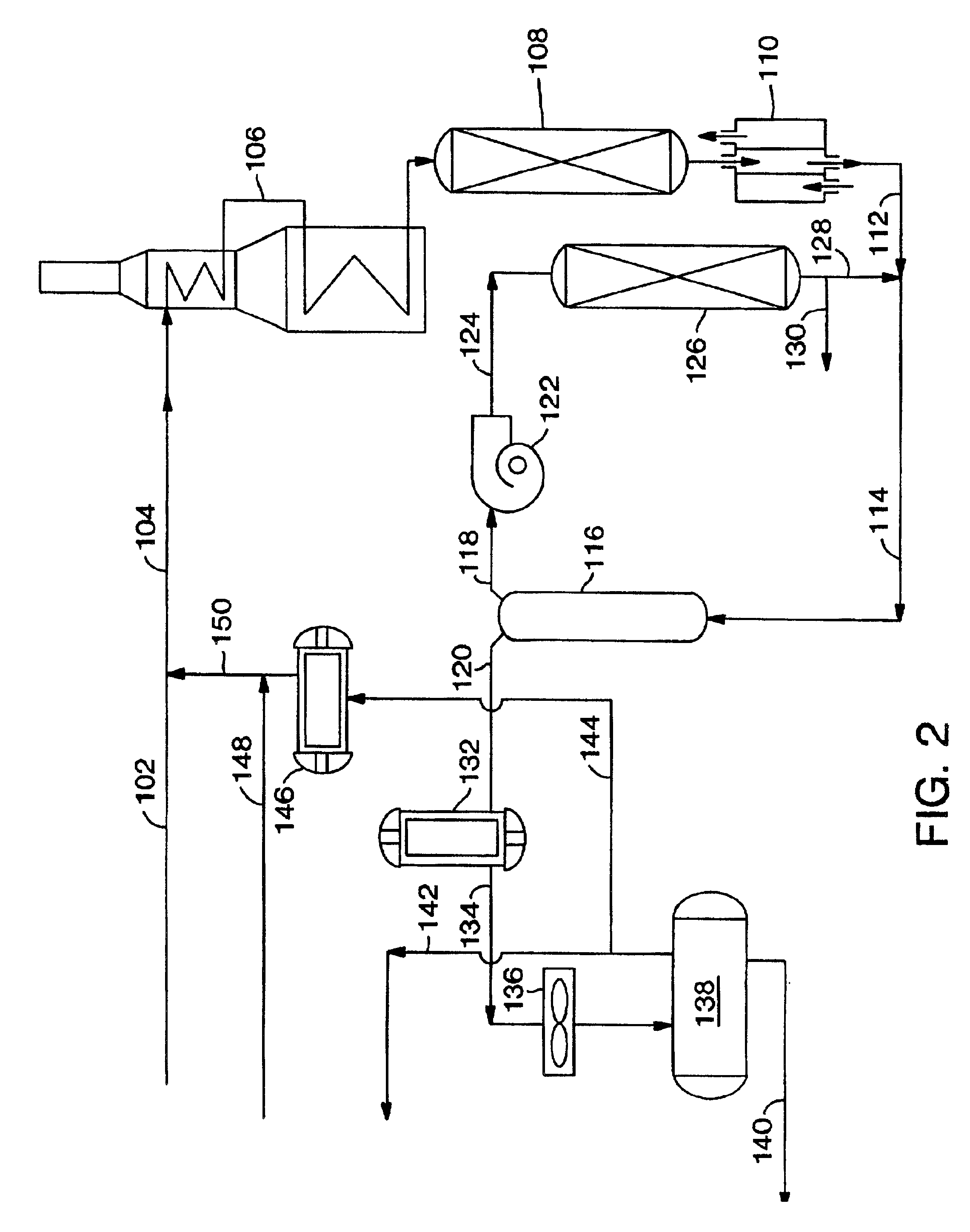Process for producing para-xylene
a para-xylene and para-xylene technology, applied in the direction of hydrocarbon preparation catalysts, organic chemistry, chemistry apparatus and processes, etc., can solve the imbalance of supply and demand, the insufficient amount of eb from a typical csub>8/sub>aromatic stream is not significant, and the demand for ox and mx and their downstream derivatives is much smaller and more limited. achieve the effect of improving isomerization performance and high
- Summary
- Abstract
- Description
- Claims
- Application Information
AI Technical Summary
Benefits of technology
Problems solved by technology
Method used
Image
Examples
Embodiment Construction
The present invention relates to a process and a system for increasing or maximizing the production, recovery, and / or yield of para-xylene (PX) in chemical plants and refineries, where C8 aromatic compounds are separated, produced and / or processed. It also relates to a PX enriched product produced by such a process or in such a plant.
A process of the present invention comprises isomerizing a feedstream comprising C8 aromatic compounds to produce an isomerization effluent, followed by subjecting the isomerization effluent to a swing adsorption (SA) step in the presence of an adsorbent. Unless otherwise specified, the terms “isomerization” and “xylene isomerization” are used interchangeably herein. Hereafter the process will be described with reference to a PSA unit, but it is to be understood that this discussion contemplates the use of a TSA unit as the SA unit.
A PSA unit operates in adsorption mode-desorption mode cycles with a cycle time. In the adsorption mode, there may be a pre...
PUM
| Property | Measurement | Unit |
|---|---|---|
| partial pressure | aaaaa | aaaaa |
| temperature | aaaaa | aaaaa |
| temperature | aaaaa | aaaaa |
Abstract
Description
Claims
Application Information
 Login to View More
Login to View More - R&D
- Intellectual Property
- Life Sciences
- Materials
- Tech Scout
- Unparalleled Data Quality
- Higher Quality Content
- 60% Fewer Hallucinations
Browse by: Latest US Patents, China's latest patents, Technical Efficacy Thesaurus, Application Domain, Technology Topic, Popular Technical Reports.
© 2025 PatSnap. All rights reserved.Legal|Privacy policy|Modern Slavery Act Transparency Statement|Sitemap|About US| Contact US: help@patsnap.com



